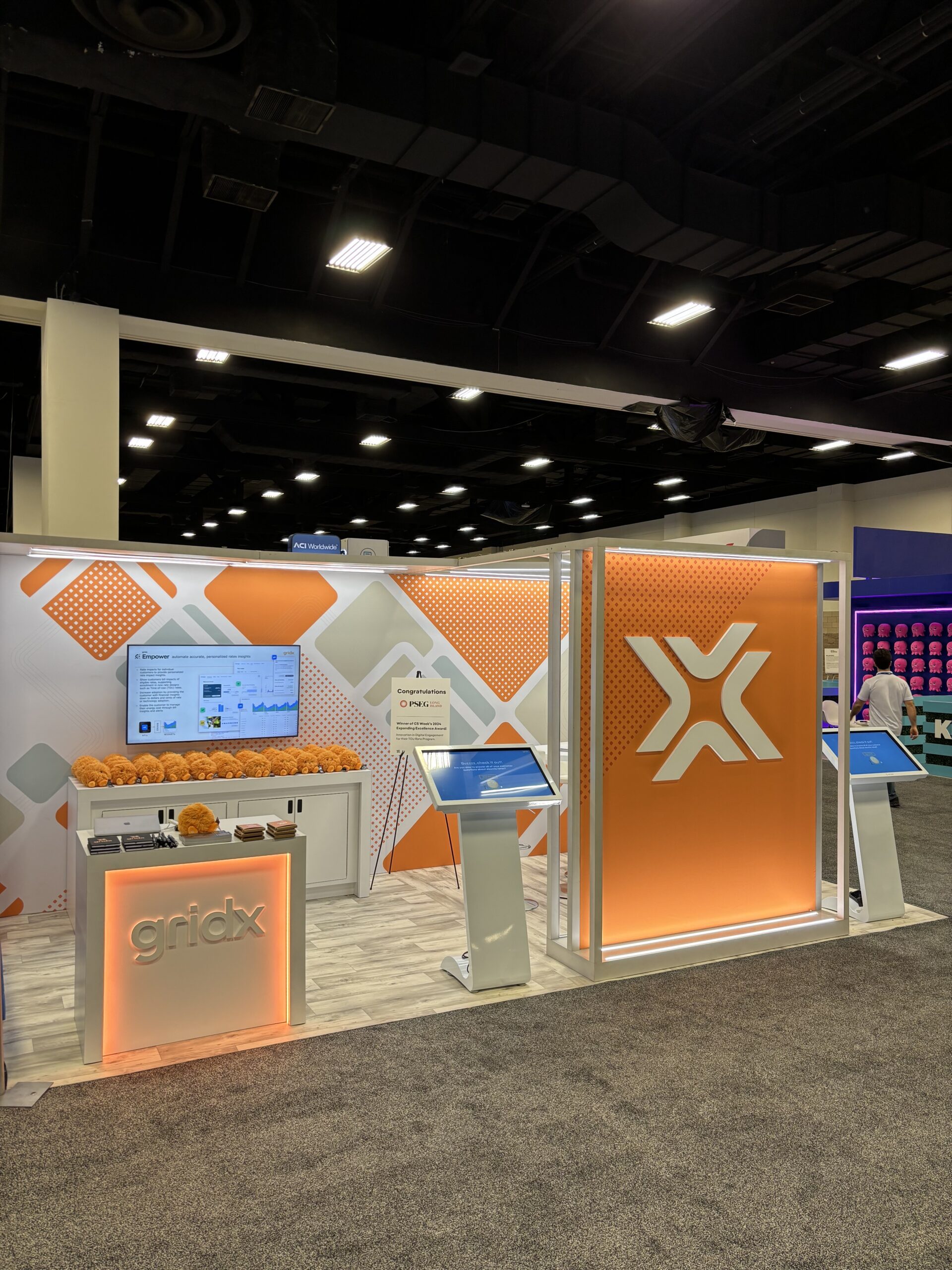How GridX Is Infusing Simplicity Into Our User Journeys
For visitors, a simple user journey might go unnoticed, but for designers, simplicity is a deliberate, ongoing process.

The user journey from point A to point B shouldn’t be an epic voyage; it should be an unbothered jaunt. Frequently, however, users find themselves navigating illogical interfaces and overstuffed pages — and the decision to click the back button is easy.
Simplicity is key when it comes to building a user journey. Overly complex layouts and inconsistent experiences can drive customers away, opting for competitors with a more straightforward approach.
For designers, creating simple user journeys is an ongoing, purposeful process that demands restraint, analysis and empathy. In short, it takes a lot of work and attention to create effortless experiences.
When do you know it’s time to simplify your product’s user journey?
Product user journey simplification is a constant one — and rightly so. Simplification should be a consistent tug-of-war between what’s required on the front-end and what’s possible on the back-end, solid aspects of current designs and innovative future designs, and alignment of time and resources to specific problem areas or gaps. When a design practice is properly dialed into customers’ voices and utilizes the expertise in the product and engineering, ‘when’ to simplify is counterbalanced with the dependencies of ‘what’ and ‘how’.
In the context of a clean energy software start-up, we strive to make our broader journey more and more simple each sprint, because it lifts up every aspect of the business.
“Simplification should be a consistent tug-of-war between what’s required on the front-end and what’s possible on the back-end.”
What process do you use to identify opportunities for simplification?
I have many examples of this process in practice.
Following a set of moderated user interviews on our core product, we saw and heard that customers were getting stuck on aspects of building segments and performing rate analysis. The problem with the current journey was that users needed to create a project before that kind of analysis could be performed. Creating a project, giving it a name, providing some level of detail and selecting data sets all before analysis could be performed, felt like building a box before knowing what to put in it.
Knowing our users repeat this step over and over, moving the create a project step further back in the journey stage would both reduce friction for quick, ad-hoc analysis, and reduce the number of random and cloned projects. Therefore, we drafted an updated flow and set of supporting interactions.
Now, one of the most powerful tools a design practice has is the ability to make something new and different very real. It draws attention to the vision by exposing differences between what could be and the current state. We love seeing the lights go off when showcasing a potential new UX!
What are some common traps designers can fall into that result in an overly complicated user journey?
The biggest trap I see designers fall into is making too many assumptions – and I don’t mean assumptions about our users. I mean assumptions that engineering will miraculously understand the importance of change, that product management will automatically prioritize innovative design work and that the broader organization and selling teams will translate increased value into the organization’s broader CX.
For a design practice to be successful and to lift the larger strategy of the business, understanding customers’ needs and behaviors is essential. But for the journey to be truly simple, it must balance users’ needs, business requirements and engineering capabilities. That requires UX and UI to work closely with product management and engineering end-to-end as part of an iterative process.





